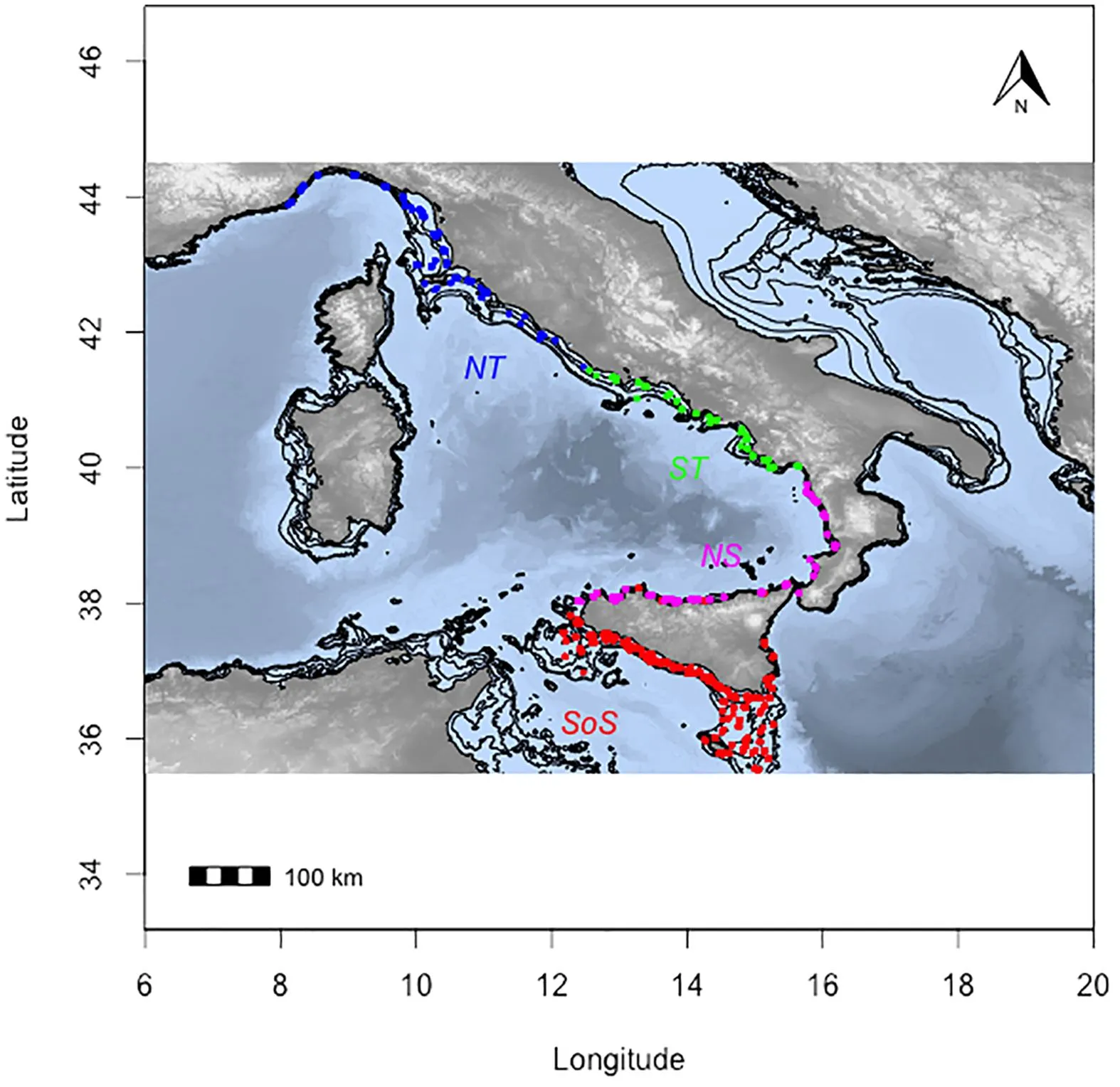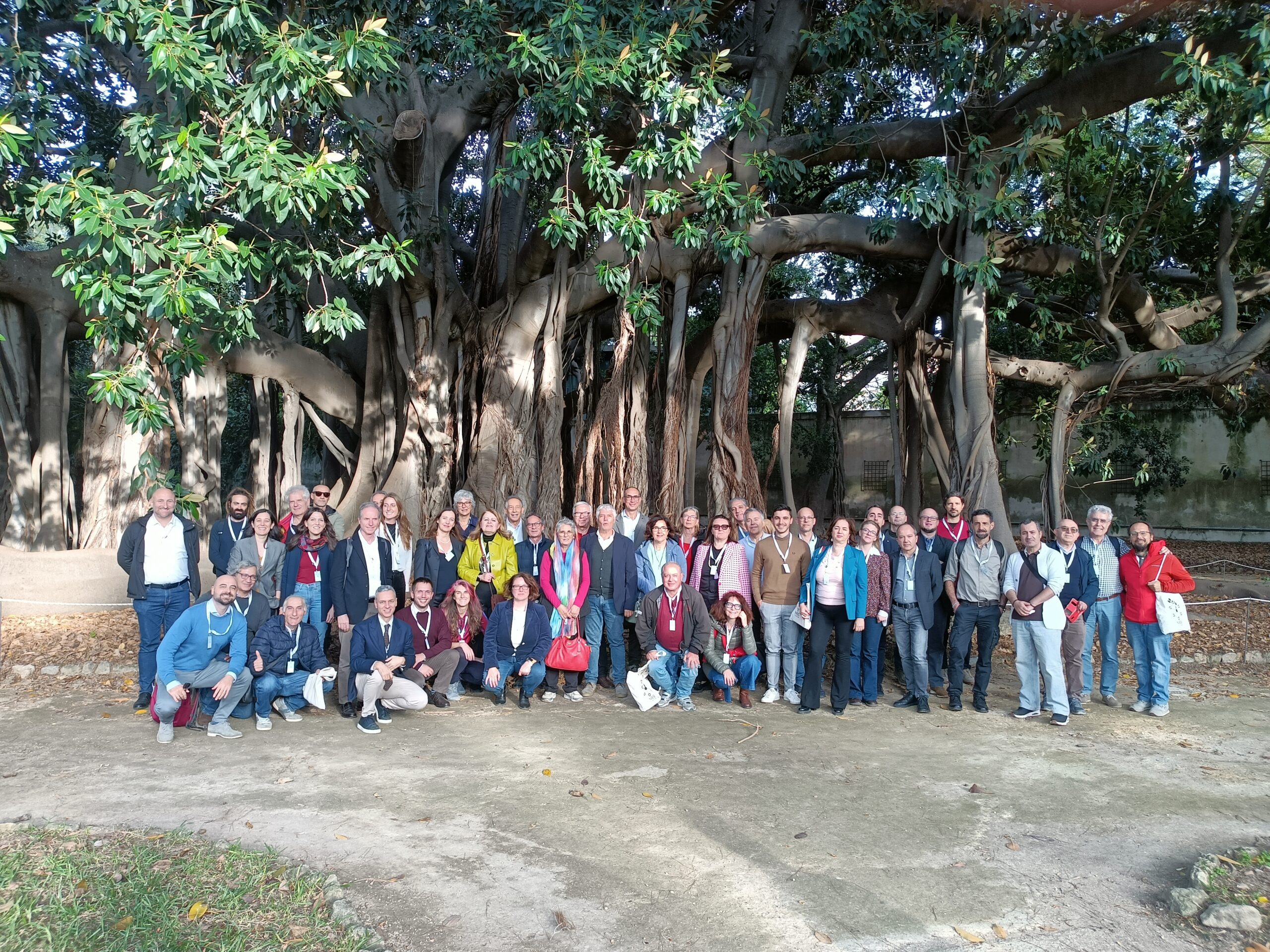A recent open access study published in Frontiers in Marine Science, titled “Fourier-transform near-infrared spectroscopy first application to age determination in European fish species: the case of the Atlantic horse mackerel from the central Mediterranean Sea”, has introduced for the first time the use of Fourier-transform near-infrared spectroscopy (FT-NIR) for age determination of marine organisms in European waters. The research, conducted by a team of scientists from the Institute for the study of anthropic impacts and sustainability in the marine environment of the Cnr in Capo Granitola (Cnr-Ias), in collaboration with the National Biodiversity Future Center (NBFC), the University of Palermo, Bruker Italia Unipersonale (Milan) and the National Oceanic and Atmospheric Administration (NOAA) of the United States, represents an important step forward for marine ecology.
FT-NIR is considered an advanced technique that analyzes the vibrational spectrum of molecules to study the chemistry of materials. In this innovative research, FT-NIR was used to estimate the age of the Atlantic horse mackerel (Trachurus trachurus), a key fish species from both an ecological and economic perspective in the Mediterranean and the Atlantic. The horse mackerel was selected also because its age is commonly determined by reading otoliths under a microscope, an essential practice for stock assessment and sustainable fisheries management.
The absorption spectra of intact otoliths were acquired using FT-NIRS on multi-year data from the MEDIAS project surveys in the central Mediterranean. These spectra were processed to optimize calibration models, which successfully estimated the age of the samples (r² = 0.95-0.96). Combined models from different regions proved more robust and covered a wider age range.
The use of FT-NIRS enabled the estimation of horse mackerel between 1 and 14 years old with accuracy comparable or superior to traditional methods, improving the standardization and replicability of the analyses. The results encourage further research to extend the method to other species.
Read the full article on Frontiers in Marine Science:




 Italiano
Italiano





